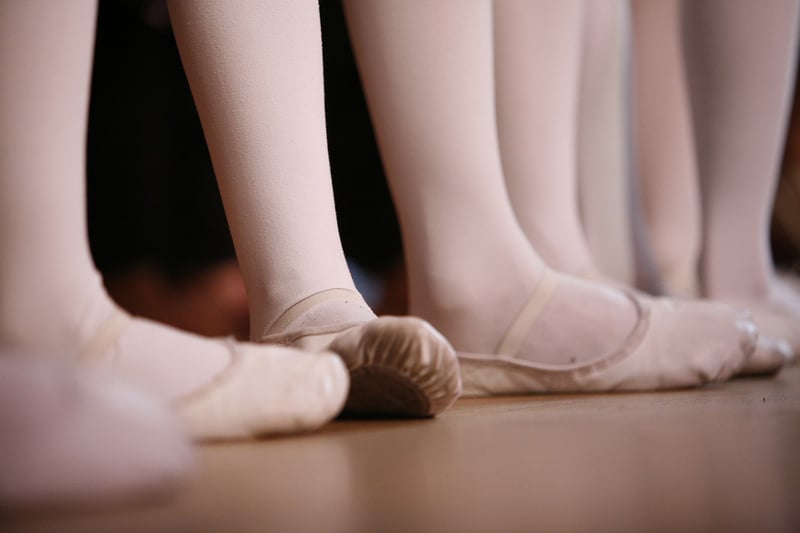Ballet
The Art of Expressive Movement in Ballet
Ballet is more than just dance; it is an art form that allows dancers to express a wide range of emotions, stories, and themes through movement. One of the key elements that make ballet so captivating is the use of expressive movement, where every gesture, step, and posture conveys a specific feeling or idea.
Understanding Expressive Movement in Ballet
Expressive movement in ballet goes beyond technical precision and focuses on communicating with the audience on an emotional level. Dancers use their bodies as instruments to convey joy, sorrow, love, anger, and various other emotions through graceful and powerful movements.
Key Elements of Expressive Movement
- Facial Expressions: Dancers use their facial expressions to add depth and meaning to their performances, allowing the audience to connect with the emotions being portrayed.
- Body Language: Every movement in ballet, from a simple tendu to a grand jeté, is an opportunity to convey a message or tell a story through the language of the body.
- Use of Space: Ballet dancers utilize the stage space to create visual impact, drawing the audience's attention and enhancing the overall emotional effect of their performance.
The Power of Storytelling Through Movement
Many ballet performances are based on classic stories, myths, or literary works, allowing dancers to embody characters and convey narratives through expressive movement. Whether portraying a tragic heroine or a heroic prince, ballet dancers bring these characters to life through their artistry and emotional depth.
Embracing Emotions Through Dance
Expressive movement in ballet also encourages dancers to explore their own emotions and experiences, using their personal insights to infuse their performances with authenticity and sincerity. This emotional connection between the dancer and the audience creates a powerful bond that transcends words.
Embodying Freedom and Creativity
Through expressive movement, ballet dancers have the freedom to interpret music, choreography, and themes in their unique way, infusing each performance with their personality and artistic vision. This creative expression not only enriches the dance but also inspires and moves the audience.
Continuing the Legacy of Expressive Ballet
As ballet continues to evolve and embrace new styles and influences, the tradition of expressive movement remains at its core, reminding us of the timeless beauty and emotional power of this art form. Each dancer who takes the stage adds their voice to this rich legacy, contributing to the ongoing story of ballet through their expressive movement.
Experience the magic of expressive movement in ballet and witness the transformative power of dance as it speaks to the heart and soul.

Explore more captivating ballet images on Pixabay.
